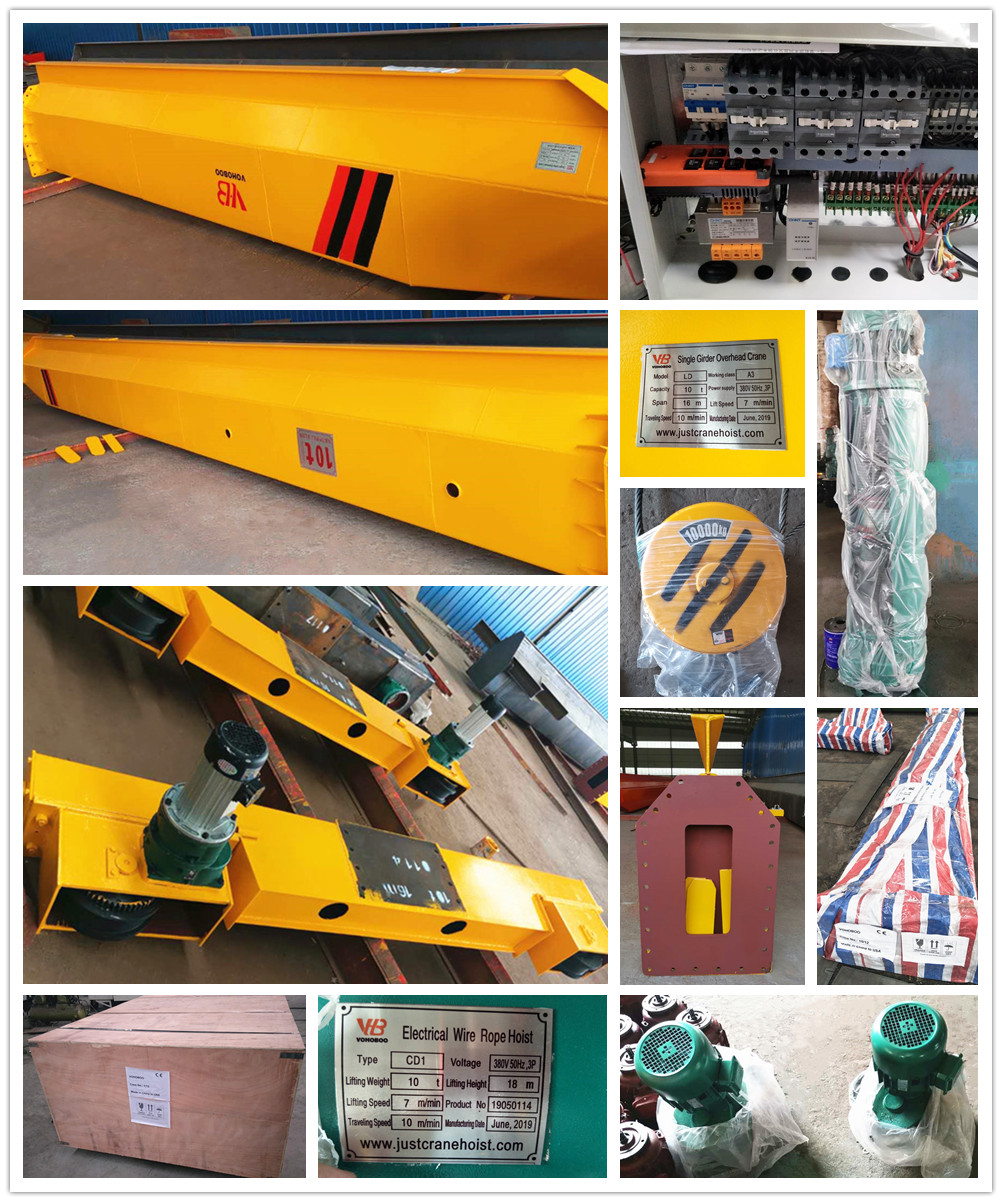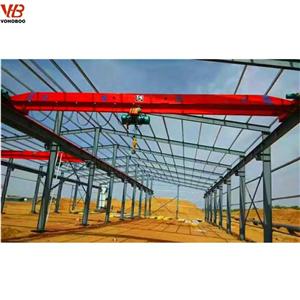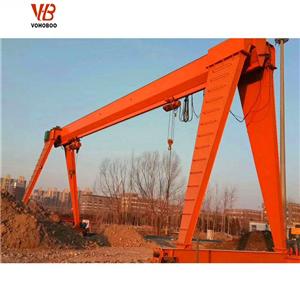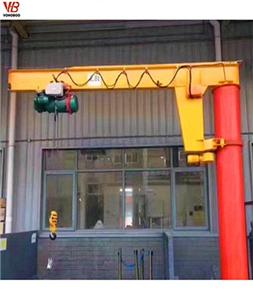Crane safety operation 3 elements
stable
Mainly refers to the hanging object in the process of running, in the process of maintaining a stable state, to avoid shock and sway. The sign that evaluates whether the operation is stable is the state of the hook. Whether the hook can run smoothly is related to the coordinated action of the crane's various agencies. First start to be smooth. To start from the low speed, wait for the hook to move, and then gradually accelerate from the low speed to the high speed. At this time, the hook and the hanging object can smoothly transition from the stationary state to the starting state, and then smoothly transition from the low speed operation to the high speed operation. Second, the brakes should be smooth. There is a braking phase in the process from high speed running to stop running. The driver should return the master controller from the high speed gear to the low speed gear and then return to the zero position during the preparatory phase of braking. If you return to the zero position directly from the high-speed gear, the result is not only the hook and the hanging object, but also strong sway and impact. The strong braking of the hoisting mechanism will also cause the brake friction elements to wear out abnormally, the distance of the hanging hooks will increase, and even the brakes and brake shoes will cause the brakes to fail, and the heavy objects fall to the ground, causing an accident.
Another meaning of crane operation "stable" is that the controller smoothly shifts gears, avoiding motor overload or shocking the transmission mechanism, and prolonging the life of electromechanical components.
Precision
It refers to the “falling point”, “in-position” and “assessment” of the objects being lifted. In order to achieve "falling point", the operator must have an accurate judgment of the horizontal distance and vertical height that the hanging object needs to pass, and fully consider the performance and motion inertia of the crane. When manipulating the handle, it is necessary to grasp the advance amount of the returning zero position so that the hanging object can be smoothly and accurately placed.
Lifting and installation of large components, machines, and equipment, sometimes required to be accurate to the millimeter, is "in place." At this time, the lifting or lowering of the hook should be “micro-motion”. Only by fully grasping the performance of the crane and having a certain amount of experience can it be done.
“Evaluation” includes a very important safety concept, that is, no overload, requiring the driver to estimate the weight of the hanging object. If the weight of the hanging object cannot be grasped and the crane is operated under the condition of overweight and over-torque, the various mechanisms and components are in an abnormal state, and there may be a serious accident such as brake failure, wire rope breakage, and crane overturning. The operator should calculate the volume by measuring the shape of the hanging object, and then use the specific gravity knowledge to measure the weight of the hanging object, and then take the appropriate arm distance and operation method. At the same time, in the lifting phase, it is necessary to make the wire rope fully "eat" and then slowly hang it off the ground, and then add one by one.
fast
It refers to multi-hanging and quick-lifting, fully utilizing the performance of the crane and improving labor productivity. "Fast" must be based on "stable" and "quasi", and must be based on security. But sometimes in crane operations, it is not slow, safe, and insurance, and sometimes it needs to be fast. For example, for the long distance drop of the hoisting weight, the reverse braking stage is not allowed to be used for the long-distance low-speed drop in the operation, so as to prevent the appliance from heating up and causing an accident. For example, if the crane flips a large workpiece, whether it is "turning over the bottom", "rolling over" or "turning over", it is required to be fast, that is, the moment the body is turned over at the maximum, or the moment that can be turned over by itself. Ask the driver to quickly drop the hook and match the carriage return at the same time.
In addition, in special cases, cranes are also required to operate faster. First, the brake failure occurred in the operation of the crane or the control handle lost control. Second, the crane was required to participate in the emergency rescue. At this time, the crane operator is required to respond quickly, and take various unconventional emergency measures as appropriate to avoid the occurrence of a vicious accident.





